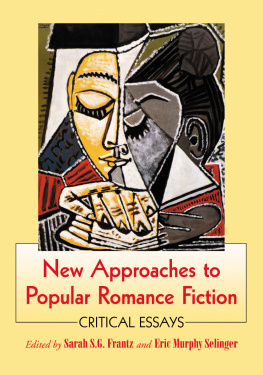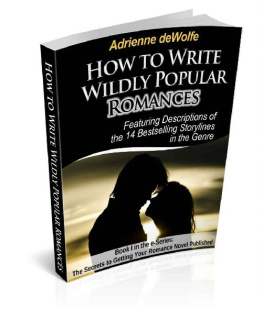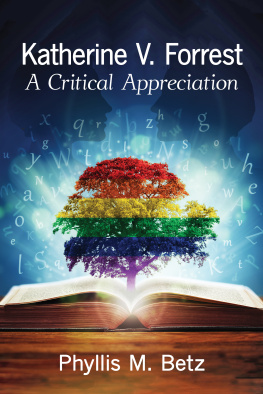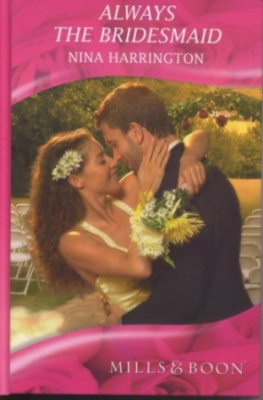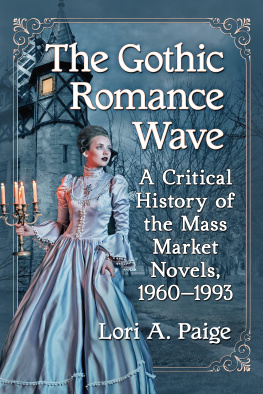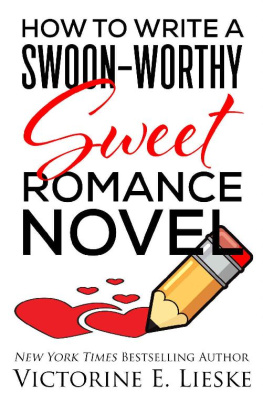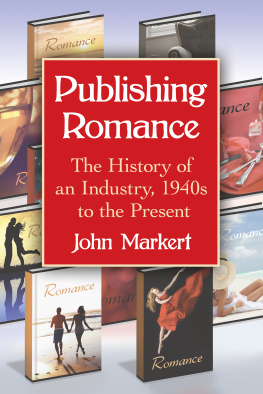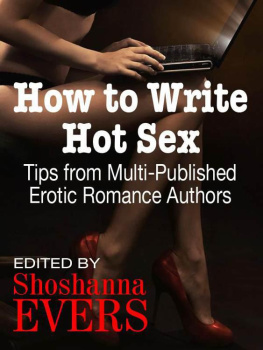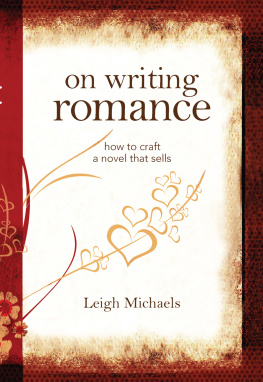
New Approaches to Popular Romance Fiction
Critical Essays
Edited by
SARAH S.G. FRANTZ and ERIC MURPHY SELINGER

McFarland & Company, Inc., Publishers
Jefferson, North Carolina
LIBRARY OF CONGRESS CATALOGUING DATA ARE AVAILABLE
BRITISH LIBRARY CATALOGUING DATA ARE AVAILABLE
e-ISBN: 978-0-7864-4190-7
2012 Sarah S.G. Frantz and Eric Murphy Selinger. All rights reserved
No part of this book may be reproduced or transmitted in any form or by any means, electronic or mechanical, including photocopying or recording, or by any information storage and retrieval system, without permission in writing from the publisher.
Front cover image: Pablo Picasso, Tete dune Femme Lisant, 1906, 2012 Estate of Pablo Picasso / Artist Rights Society (ARS), New York
McFarland & Company, Inc., Publishers
Box 611, Jefferson, North Carolina 28640
www.mcfarlandpub.com
To my mother, Jas Kendall, who introduced me to romance novels,
and to my husband, Jonathan, who introduced me to romance.
SARAH S.G. FRANTZ
To my son
Devils Cub;
To my daughter
Duchess Inside;
And to Rosalie Selinger Murphy
No Rule but Love.
ERIC MURPHY SELINGER
Acknowledgments
A volume of this scope does not happen through the efforts of its editors alone. We are grateful to Kat Schroeder, Dayna Harrett, and Angela Toscano for their work preparing the manuscript, and to our contributors, whose patience and enthusiasm buoyed us through many difficult passages.
When we began work on this collection, there was no organized community of popular romance scholars. As the volume has grown, so has the field, and we are grateful to our many colleagues in the International Association for the Study of Popular Romance, whose insights and suggestionsgratefully received at IASPRs conferences in Brisbane and Brussels, at the Princeton conference on Romance Fiction and American Culture, at the annual gatherings of the Romance Area of the Popular Culture Association, and through comments on the Teach Me Tonight blog and the RomanceScholar listservhave contributed to the essays gathered here.
Since the fall of 2005, DePaul University has invited Eric to teach nearly thirty courses on popular romance fiction, including undergraduate surveys, upper-division special topics courses, and graduate seminars. He is grateful for this ongoingand, as far as he can tell, unprecedentedopportunity to explore romance fiction in an academic context, and to the many students in these courses, especially those in his senior interdisciplinary seminar on Laura Kinsales Flowers from the Storm.
Both Eric and Sarah have been honored as recipients of the Academic Research Grant from the Romance Writers of North America. While the grant didnt specifically contribute to this volume, the monetary support is a pale shadow of the intellectual encouragement we have received from the full-time personnel, elected officials, and membership of RWA.
Excerpts from Holding the Cards, by Joey Hill, 2002 by Joey W. Hill, are reprinted by permission of the author and Elloras Cave Publishing, Inc.
Introduction: New Approaches to Popular Romance Fiction
Eric Murphy Selinger and Sarah S.G. Frantz
In a memorable scene from Lord of Scoundrels, a deftly metatextual historical romance by the American author Loretta Chase, our hero and heroine, Sebastian Ballister, Marquess of Dain, and his new wife, Jessica Trent, sit in the library of Athcourt, Dains estate, and read aloud together. The year is 1828; the marriage, unconsummated; the book, Lord Byrons Don Juan. I cant believe you bought it and never read it, Jessica laughs at her husband as they pause in Canto Two. You had no idea what you were missing, did you? Dain masks his attraction, to her and the book, with a shrug.
Im sure it was more amusing hearing it read in a ladylike voice, he said. Certainly its less work.
Then Ill read to you regularly, she said. I shall make a romantic of you yet.
He drew back, and his inert hand slid to the sofa. You call that romantic? Byrons a complete cynic.
In my dictionary, romance is not maudlin, treacly sentiment, she said. It is a curry, spiced with excitement and humor and a healthy dollop of cynicism. She lowered her lashes. I think you will eventually make a fine curry, Dainwith a few minor seasoning adjustments.
As you might expect, he bristles, they quarrel, and passion flares with their anger. As you might not expect, especially if youve never read much popular romance, that passion plays out with Jessica first dominating, then seducing her husband, after whicheight pages later, when hes brought her to orgasm with the big hands that she lovesour heroine promptly falls asleep. (That was what he was supposed to do, Dain seethes as he carries her to bed.)
To the experienced romance reader, this scene offers a remarkable range of pleasures. In it, we savor an emotional curry, just as Jessica promised, spiced with excitement and humor and a healthy dollop of cynicismand, if we turn the page, a dash of tenderness as well. So be it, the novel smiles; today youll read no further.) From a narrative perspective, theres the structural pleasure of finally reaching the couples long-promised love scene; the sensual extravagance of that encounter; and the shiver of surprise we get from how the scene concludes. In terms of character, we get the delight of watching the novels alpha male hero meet his match in its confident, feminist heroine, each of them, by turns, vowing to make the other one beg. This final pleasure seems at once ideological, erotic, and, again, profoundly intertextual, part of the novels dialogue with the conventions of its genre.
Listing these pleasures, the scholar of popular romance fiction may well hear a second voice, the novelists, in Jessicas quip to her husband, You had no idea what you were missing, did you? This is not to say that romance novels have not been studied. Far from it: critical work on popular romance fictionthe books, the readers, and the romance publishing industryhas been going on for decades. A sociological study of reader preferences, commissioned by Mills & Boon, opened the field in 1969.
What, then, could they possibly be missing? How can it be that, forty years on, a scholar like Mary Blya professor of Renaissance literature at Fordham University and also, as Eloisa James, a bestselling author of historical romance novelsshould claim in her essay for this volume that the academic study of popular romance fiction is clearly in its infancy? Could it be (one is tempted to ask, a little wickedly) that this middle-aged academic field, like Sebastian Ballister, Marquess of Dain, hero of Lord of Scoundrels, has spent those decades in the grips of childhood rejection and trauma, unable to see the value in its subject, or itself?
To answer this as a serious question, all wickedness and metaphor aside, lets take a second look at that forty-year scholarly record. If the academic study of popular romance fiction has matured unusually slowly, this is because it has had to clear several distinctive hurdles. First among these is the reputation of the genre itself. As the British popular culture scholar Joanne Hollows explains, It has become part of contemporary common sense that romantic fiction is a formulaic, trivial and escapist form read by addicted women, each of these charges dating back at least to the middle of the nineteenth century, each of them part of a profoundly gendered anxiety over mass culture more generally.)
Next page
